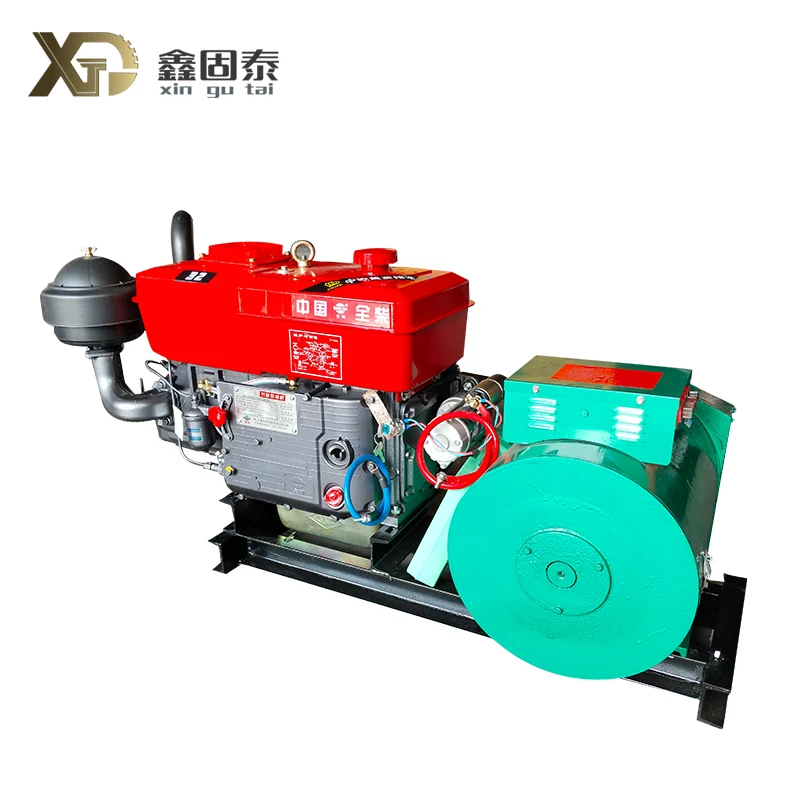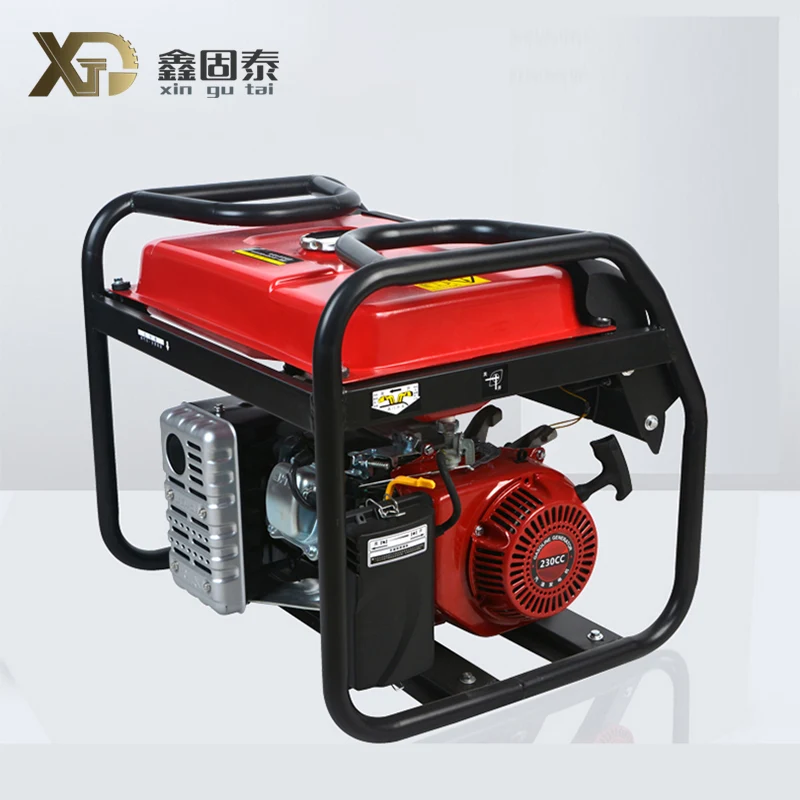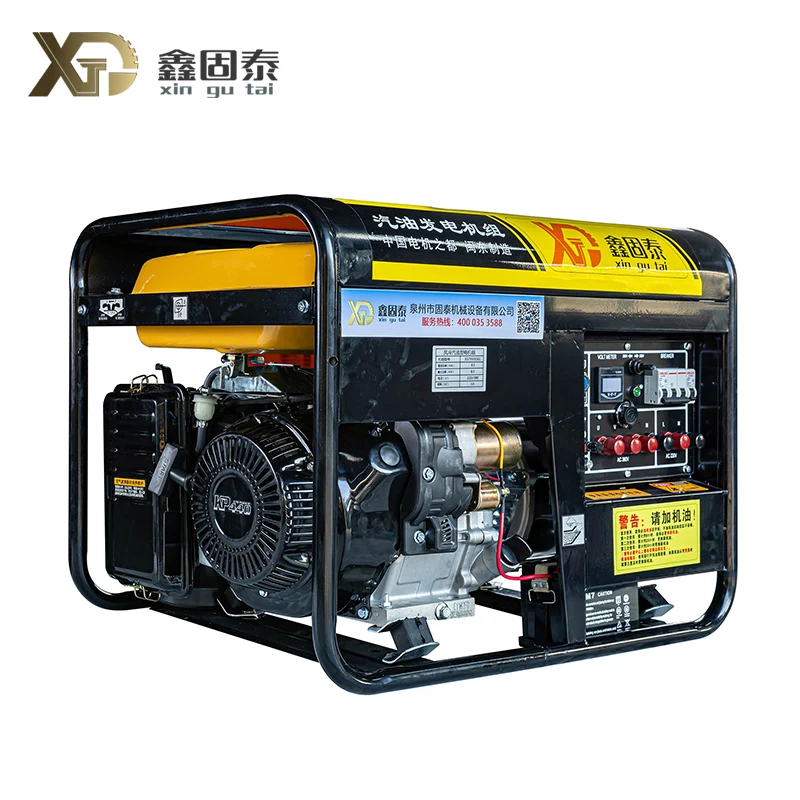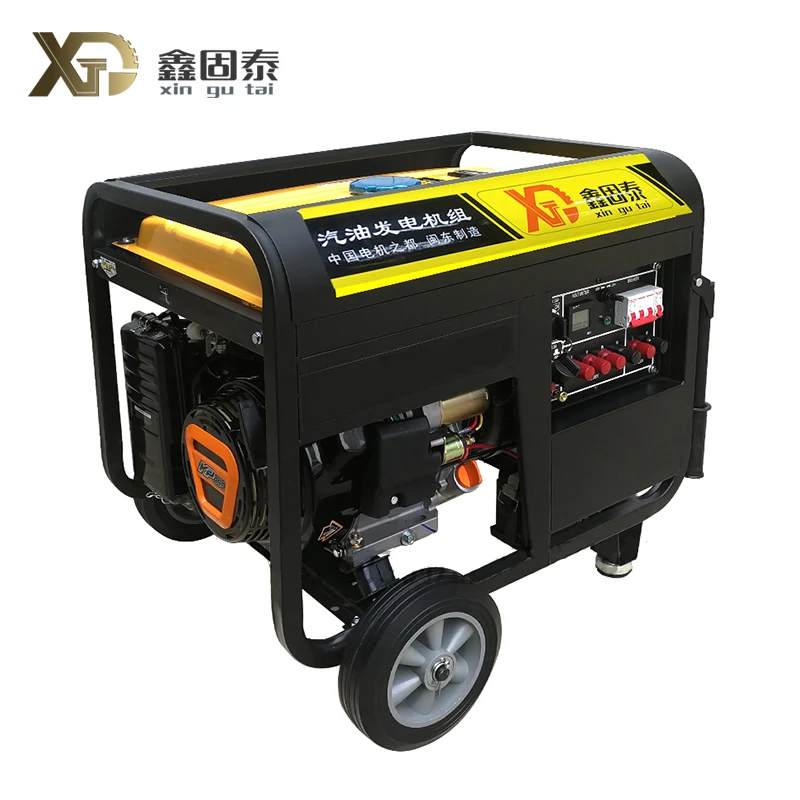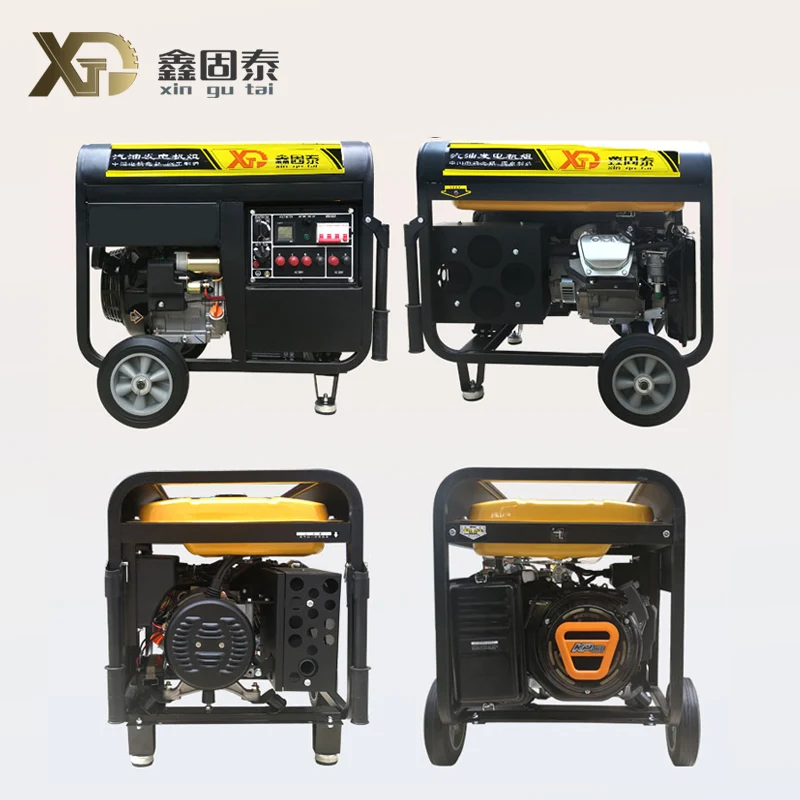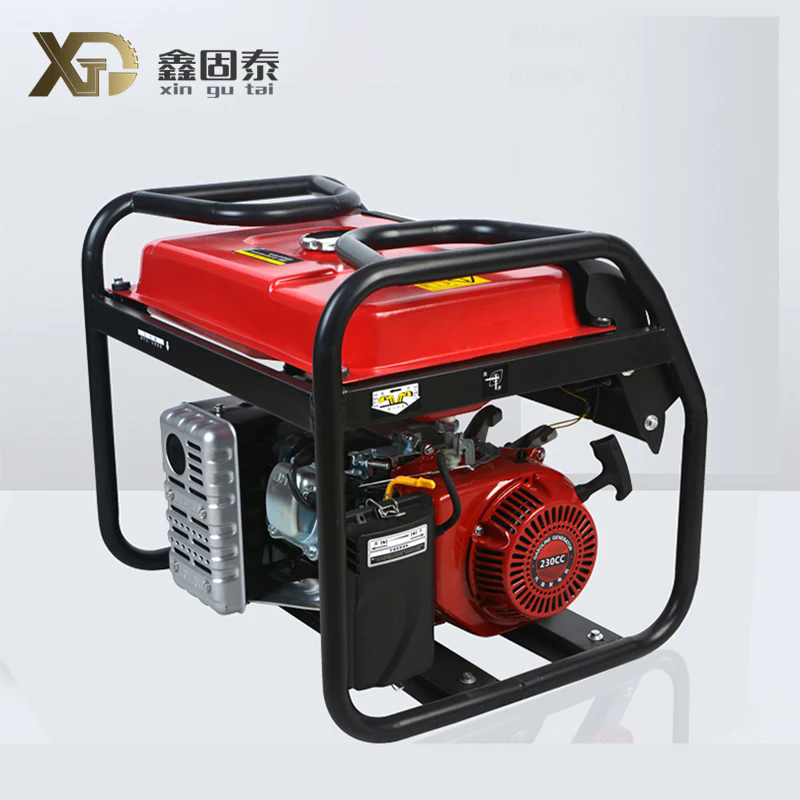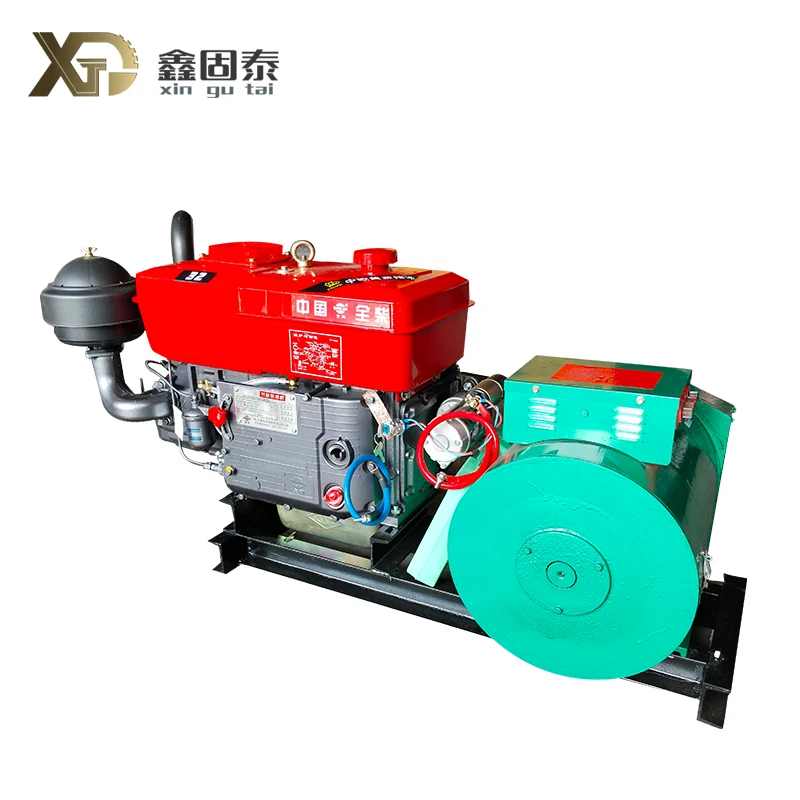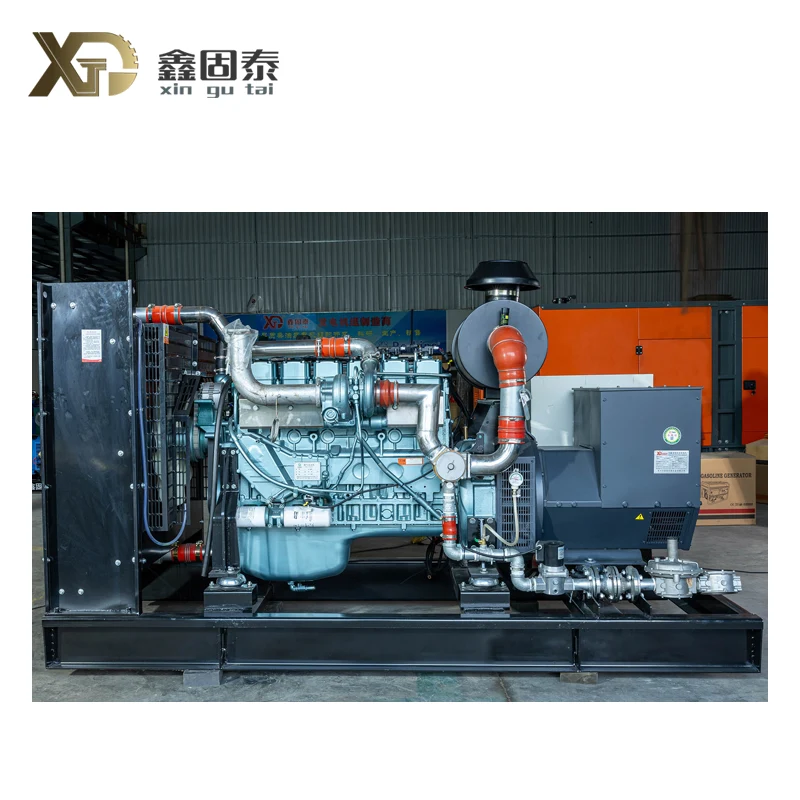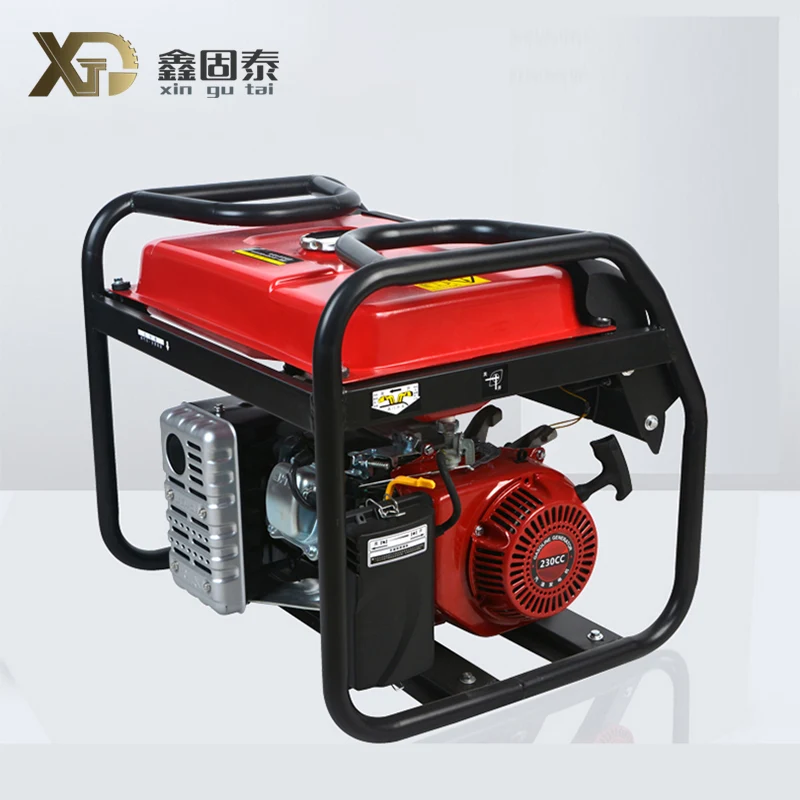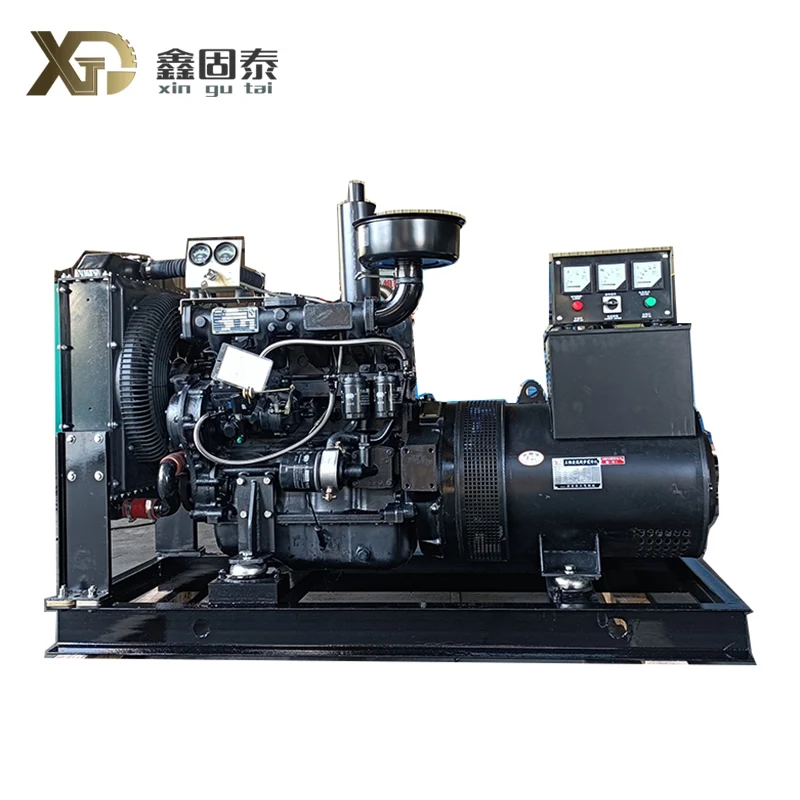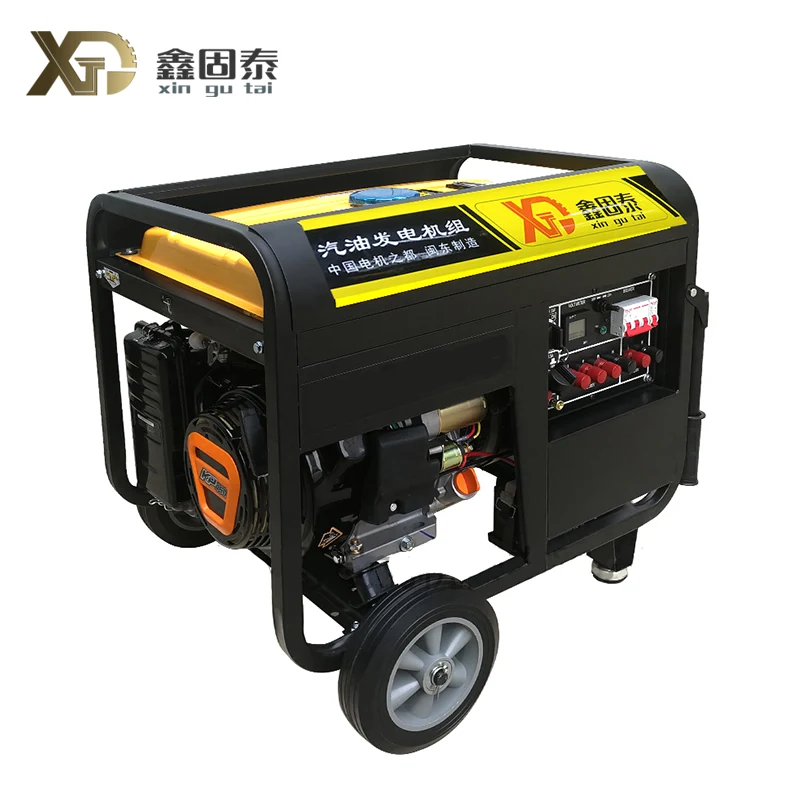Email Us
How Does a Gasoline Generator Produce Electricity?
From residences to building sites, gasoline generators are frequently utilized as dependable sources of electricity. Users may optimize their efficiency and properly maintain these generators by knowing how they generate electricity. The detailed operation of a gasoline generator is examined here.
1. Fuel Combustion in the Engine
The process begins with the internal combustion engine, which uses gasoline as its fuel. The engine ignites a mixture of gasoline and air in its combustion chamber. This controlled explosion produces mechanical energy by moving the pistons inside the engine. The pistons' movement creates rotational energy as they turn the engine’s crankshaft.

2. Rotational Energy Drives the Alternator
The crankshaft's rotational motion is transferred to the generator's alternator. The alternator is a crucial component that converts mechanical energy into electrical energy. It consists of a rotor (a moving part) and a stator (a stationary part). The rotor is connected to the crankshaft and rotates within the stator.
3. Electromagnetic Induction
The alternator operates on the principle of electromagnetic induction, discovered by Michael Faraday. As the rotor spins, it creates a magnetic field that interacts with the stator's stationary coils of wire. This interaction induces an electric current within the coils.
4. Voltage Regulation
The electricity generated by the alternator is in the form of alternating current (AC). To ensure the generator delivers a stable and usable output, a voltage regulator is used. The regulator controls the voltage levels, preventing fluctuations that could damage connected devices or appliances.
5. Power Distribution
Once the electricity is regulated, it is directed to the generator’s power outlets. Users can plug in devices, tools, or appliances to draw power. Many modern generators also come equipped with circuit breakers to prevent overloads and ensure safety.
6. Exhaust and Cooling Systems
During operation, the combustion engine generates heat and exhaust gases. The generator is equipped with cooling and exhaust systems to manage these byproducts. Cooling systems prevent overheating, while exhaust systems expel gases safely away from the generator and its surroundings.
In conclusion
Gasoline generators use electromagnetic induction to turn the chemical energy in gasoline into mechanical energy, which is subsequently converted into electrical energy. Users may provide a consistent and dependable power supply when needed by operating and maintaining their generators more efficiently if they understand this procedure. Because of their efficiency and mobility, gasoline generators are essential instruments for a variety of purposes, whether they are used for everyday tasks or emergencies.
Gutai Machinery is a leading China gasoline generator manufacturer. Gasoline generator is a mechanical device that converts chemical energy into electrical energy, mainly using gasoline as fuel. Its working principle is to convert the chemical energy of gasoline into mechanical energy through an internal combustion engine, and then drive the generator to generate electricity. Visit our website at www.xgtgen.com to learn more about our products. For inquiries, you can reach us at xueliqin@qzgtjx.com.
- Characteristics of Yuchai generator set.
- Maintenance of 400KW diesel generator set.
- Advantages and functions of gasoline generator.
- Why Should You Choose a Low Noise Gasoline Generator for Reliable Power Supply?
- How Does a Small Gasoline Generator Provide Reliable Power Anywhere?
- How Does a Silent Diesel Generator Set Optimize Power Supply for Your Needs?
About Us
Contact Us
No. 55 Xingda Road, Huada Technology Entrepreneurship Park, Wan'an Street, Luojiang District, Quanzhou City
Copyright © 2024 Quanzhou Gutai Machinery Equipment Co., Ltd. All Rights Reserved.WEBSITE TECHNICAL SUPPORT: TIANYU NETWORK Jack Lin:+86-15559188336


